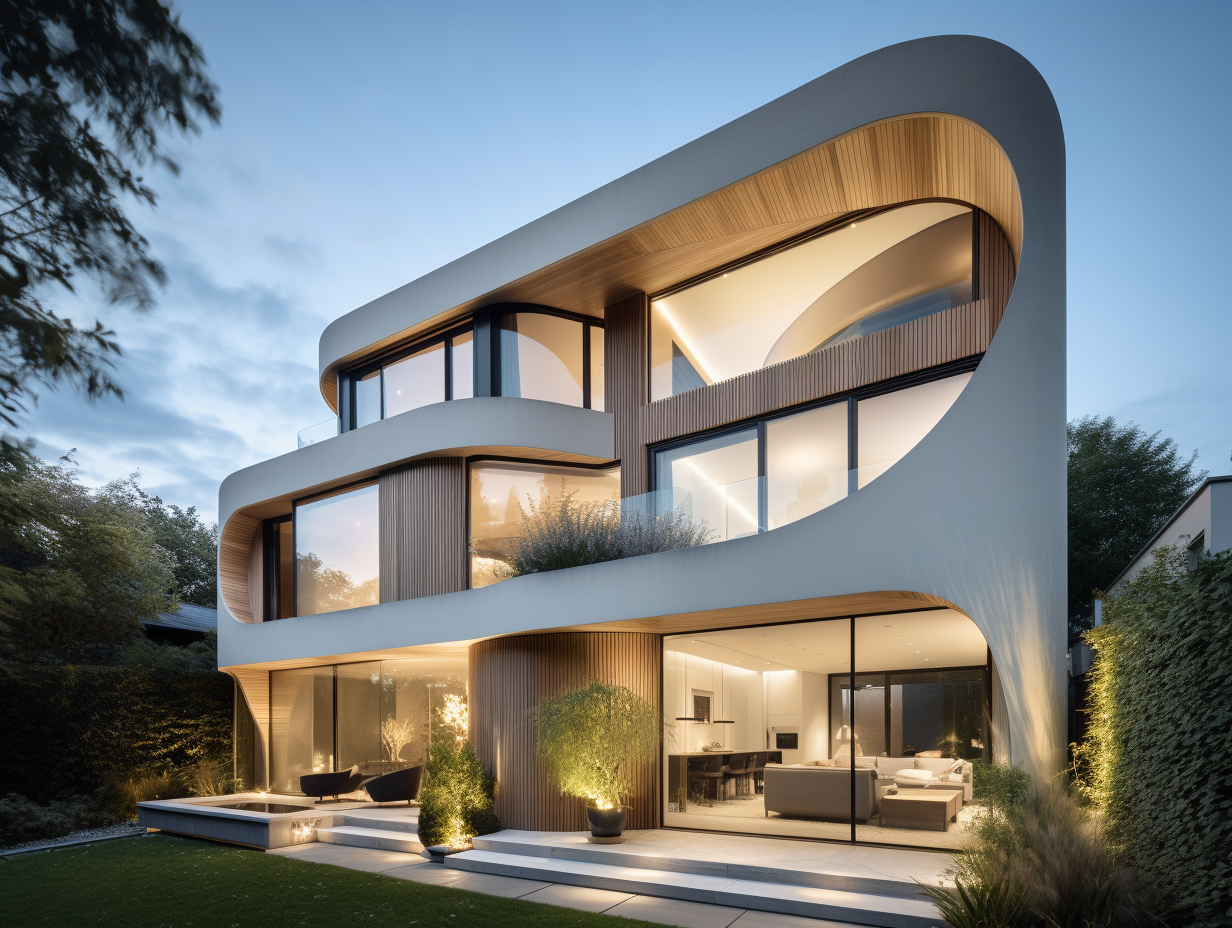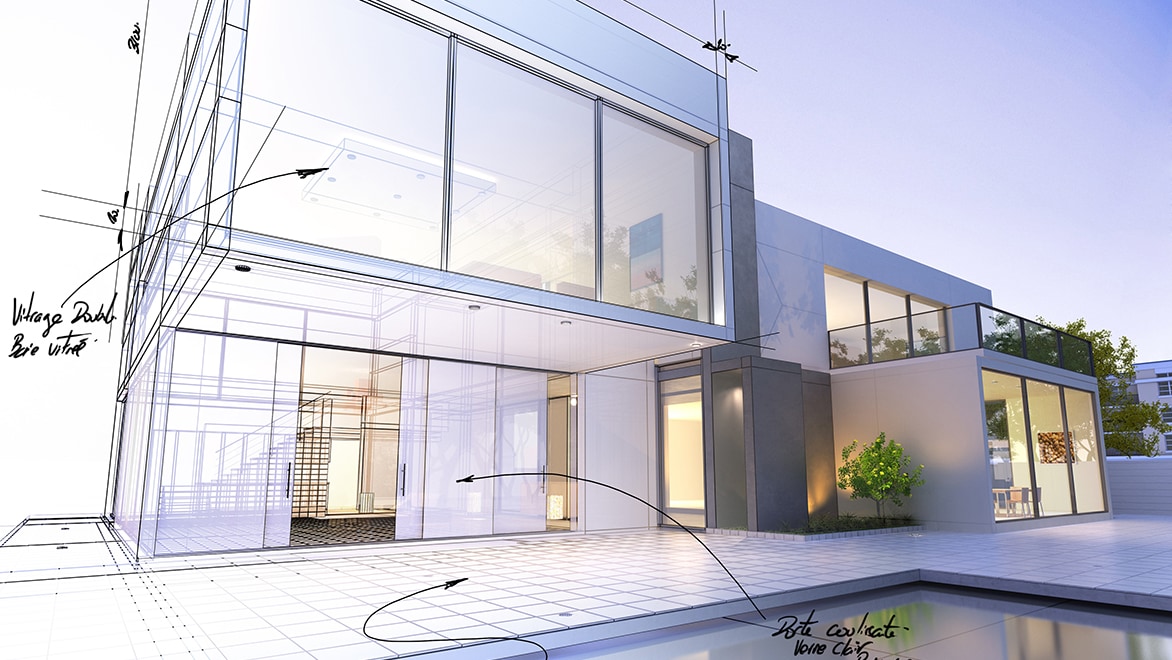An Extensive Summary of Building Styles and Their Impact on Modern City Preparation and Growth
Building designs have long offered as a mirror to the societal worths and technical improvements of their time, playing an essential function in forming modern-day city planning and advancement. From the grandeur of Neoclassicism to the practical strategy of Brutalism, each design has presented unique ideas that influence urban aesthetic appeals and capability.
Historic Summary of Architectural Designs

As societies transitioned through the Center Ages, Gothic design arised, identified by its verticality and intricate outlining, matching the spiritual desires of the period. The Renaissance noted a resurgence of classical perfects, combining art and design in ingenious manner ins which affected subsequent designs throughout Europe.

Today, building styles continue to develop, driven by globalization and sustainability worries, showing a vibrant interplay in between heritage and development. This historic review highlights the importance of style as a mirror of social evolution and as a catalyst for metropolitan growth.
Key Architectural Styles Explained
The diversity of architectural designs shows the myriad influences that form our constructed atmosphere, each embodying unique qualities and cultural importances. Secret architectural designs consist of Classic, Gothic, Baroque, Innovation, and Postmodernism, each representing unique historic contexts and visual approaches.
Classic architecture, rooted in old Greece and Rome, stresses proportion, proportion, and the usage of columns (cda architects). In comparison, Gothic architecture, flourishing between Ages, is defined by pointed arches, ribbed safes, and flying buttresses, creating an angelic high quality in basilicas. Baroque design, arising in the 17th century, is marked by splendour, intricate embellishment, and a dynamic interplay of light and shadow
Modernism, which obtained momentum in the early 20th century, focuses on function over form, using new products like steel and glass to create minimal structures. Postmodernism, reacting versus the austerity of Modernism, embraces eclecticism and historical reference, frequently integrating playful aspects and paradox.

Impact on Urban Preparation
Fit the development of cities, architectural styles dramatically influence urban planning choices. The option of building style typically determines the looks, functionality, and total character of urban atmospheres. For circumstances, modernism, with its emphasis on minimalism and functionality, encourages open rooms and the combination of technology, shaping city formats that prioritize effectiveness and accessibility. On the other hand, standard designs may highlight historic preservation, bring about city layouts that keep cultural heritage and advertise pedestrian-friendly settings.
Moreover, architectural designs can impact zoning policies and land use policies. Urban organizers have to consider the prevailing architectural trends when creating districts, guaranteeing that brand-new growths harmonize with existing structures. This factor to consider fosters cohesive city landscapes and enhances area identification.
The execution of particular building styles can additionally influence socioeconomic aspects within a city. High-end modern styles may draw in wealthy citizens and companies, leading to gentrification, while much more budget-friendly real estate remedies might focus on useful and sustainable styles to accommodate varied populations. cda architects. Eventually, the interplay in between building designs and metropolitan planning develops vibrant cities that mirror both historic context and modern requirements, forming the lived experiences of their additional info citizens
Sustainability and Modern Style
Building styles play a crucial duty in resolving modern difficulties, specifically in the world of sustainability. As city areas broaden and environmental worries increase, modern-day architecture progressively accepts lasting style concepts that prioritize energy efficiency, source preservation, and marginal environmental impact.
Contemporary architectural movements, such as biophilic design and eco-friendly design, advocate for frameworks that harmonize with their surroundings, using all-natural products look at more info and promoting biodiversity. These designs commonly incorporate sustainable energy resources, such as solar panels and wind turbines, to reduce reliance on fossil fuels and reduced carbon impacts.
Furthermore, the integration of innovative modern technologies, such as smart structure systems, boosts energy management, enhancing source use while making sure owner convenience. Innovative water monitoring techniques, consisting of rainwater harvesting and greywater recycling, more add to lasting metropolitan atmospheres.
Notably, sustainability expands beyond environmental worries; it encompasses social and economic measurements as well. By cultivating neighborhood health and advertising inclusivity, modern-day building designs line up with lasting development objectives. Consequently, the evolution of building practices remains to form resilient cities that not just meet the requirements of the here and now however likewise guard the future for generations ahead.
Neighborhood Involvement in Design
Neighborhood engagement in style offers as an important bridge between architects and the populations they serve, making certain that the constructed atmosphere mirrors the requirements and aspirations of its customers. This collective process invites community participants to contribute their insights and preferences, fostering a sense of possession and obligation towards the spaces they populate.
Efficient neighborhood involvement employs numerous methods, such as workshops, surveys, and public online forums, to gather varied from this source perspectives. These approaches help with a two-way discussion, enabling designers to recognize local contexts while encouraging citizens to voice their concerns and desires. This inclusivity not just enhances the design top quality but also promotes social equity by dealing with the unique difficulties encountered by marginalized groups.
Furthermore, area involvement can result in innovative solutions that may not arise in a standard style process. By integrating regional understanding and cultural worths, designers can produce rooms that reverberate more deeply with users, boosting use and sustainability. Ultimately, prioritizing community interaction in design processes results in atmospheres that nurture social interactions, support health, and enhance area connections, consequently playing an essential role in shaping contemporary city landscapes.
Conclusion
Building styles have exceptionally affected contemporary city preparation and advancement, reflecting progressing cultural and technical contexts. As cities continue to expand and adjust, the continuous dialogue between architectural heritage and modern design principles will stay important in developing inclusive, vibrant spaces that improve high quality of life and advertise social equity.